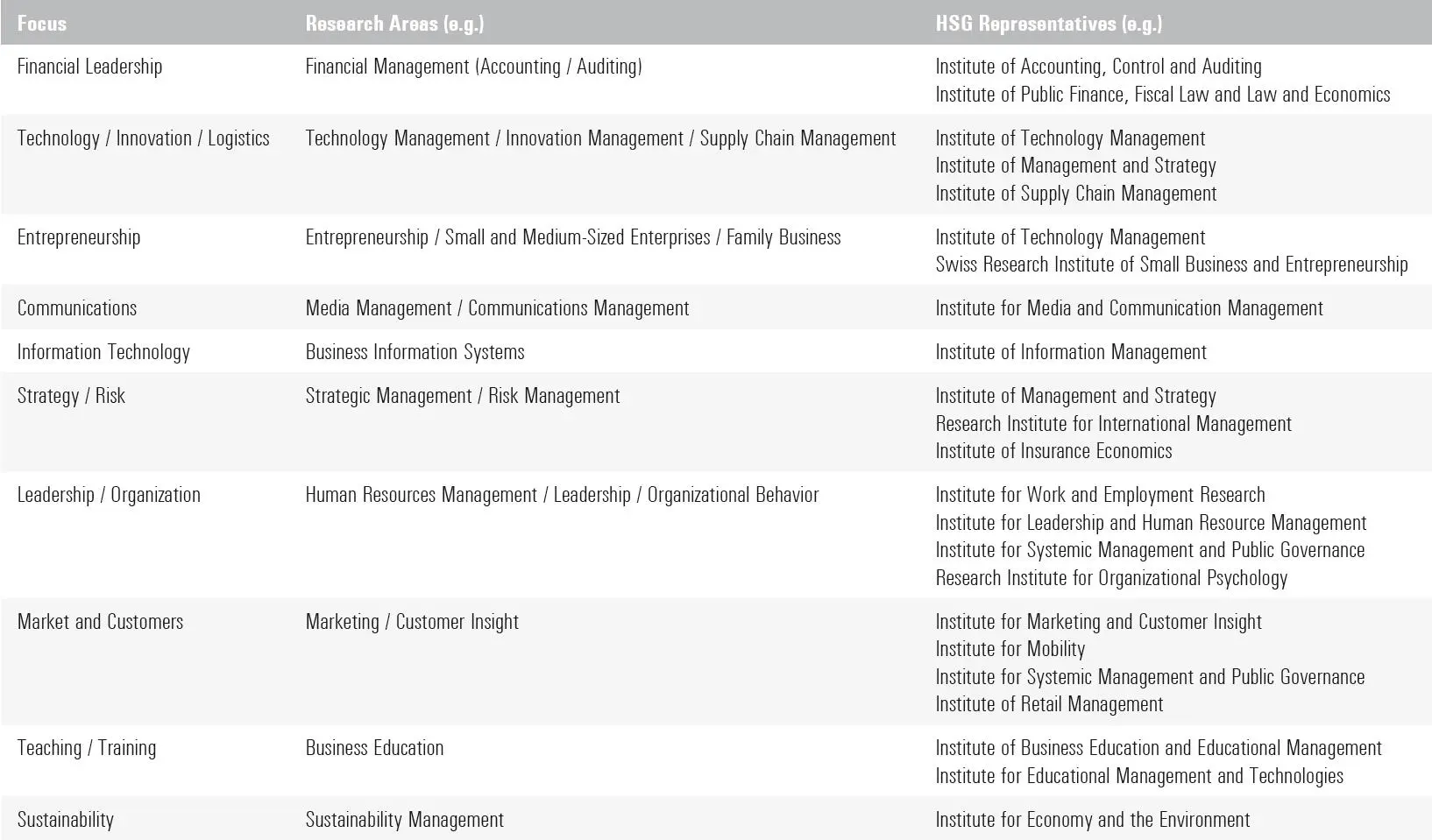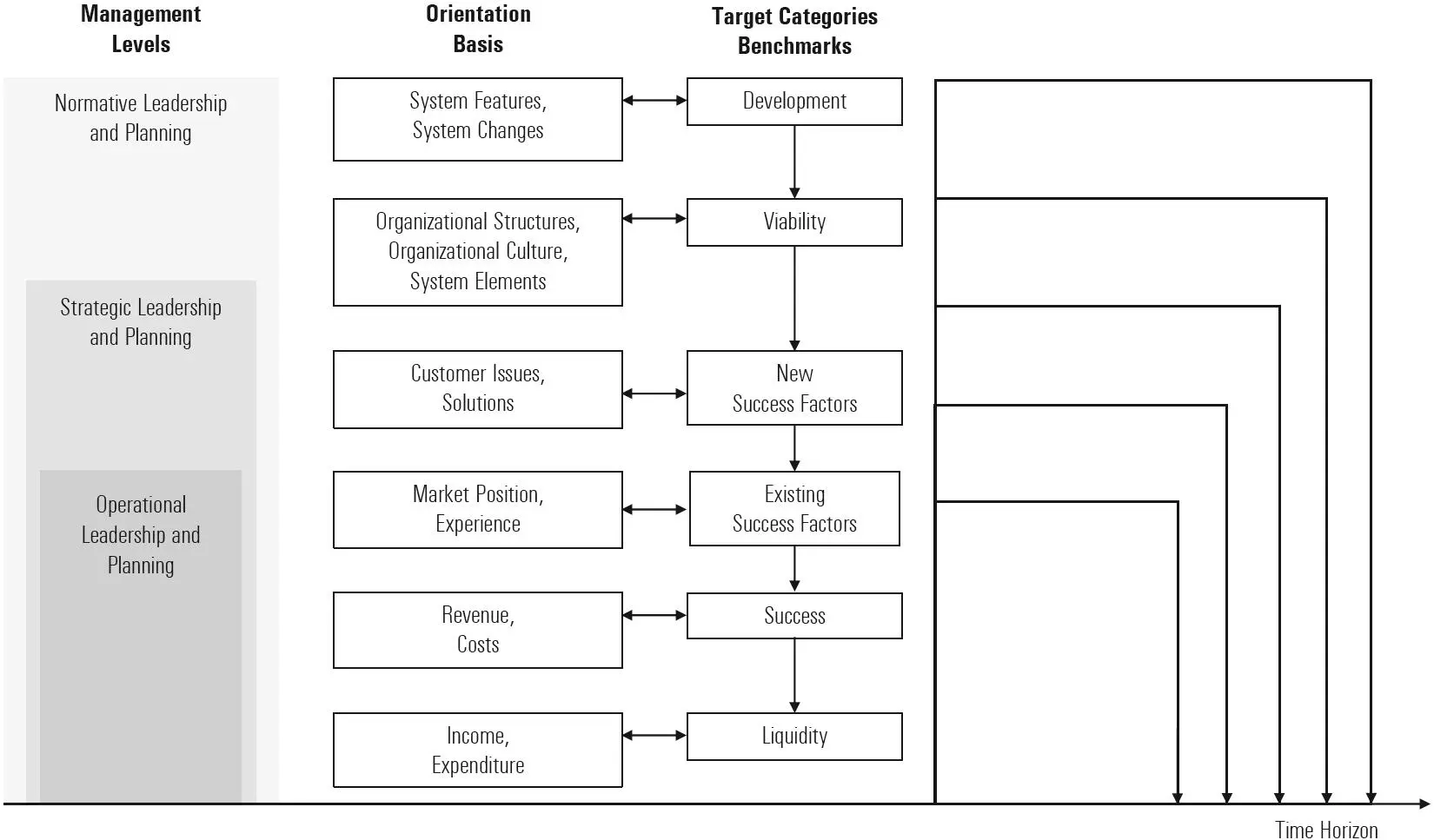Thomas Bieger - An Introduction to Management Studies
Здесь есть возможность читать онлайн «Thomas Bieger - An Introduction to Management Studies» — ознакомительный отрывок электронной книги совершенно бесплатно, а после прочтения отрывка купить полную версию. В некоторых случаях можно слушать аудио, скачать через торрент в формате fb2 и присутствует краткое содержание. Жанр: unrecognised, на английском языке. Описание произведения, (предисловие) а так же отзывы посетителей доступны на портале библиотеки ЛибКат.
- Название:An Introduction to Management Studies
- Автор:
- Жанр:
- Год:неизвестен
- ISBN:нет данных
- Рейтинг книги:4 / 5. Голосов: 1
-
Избранное:Добавить в избранное
- Отзывы:
-
Ваша оценка:
- 80
- 1
- 2
- 3
- 4
- 5
An Introduction to Management Studies: краткое содержание, описание и аннотация
Предлагаем к чтению аннотацию, описание, краткое содержание или предисловие (зависит от того, что написал сам автор книги «An Introduction to Management Studies»). Если вы не нашли необходимую информацию о книге — напишите в комментариях, мы постараемся отыскать её.
An Introduction to Management Studies — читать онлайн ознакомительный отрывок
Ниже представлен текст книги, разбитый по страницам. Система сохранения места последней прочитанной страницы, позволяет с удобством читать онлайн бесплатно книгу «An Introduction to Management Studies», без необходимости каждый раз заново искать на чём Вы остановились. Поставьте закладку, и сможете в любой момент перейти на страницу, на которой закончили чтение.
Интервал:
Закладка:
Combined with the specialization of management research, and because ever-increasing management tasks also demand a division of labor and thus the specialization of management itself (Rüegg-Stürm & Grand, 2019a), an increasing function orientation has also emerged in practice. For functions such as human resource management, [31] marketing, strategy management or financial management, independent research institutes, chairs and education programs have developed in undergraduate and graduate education (Figure 1-6).

Figure 1-6: Chairs at the University of St. Gallen School of Management (2020)
This differentiation is also reflected in the development of university courses. In the 1970s, many universities still offered courses in economics that integrated business studies and economics. These subject areas later became separate programs. Since the introduction of the Bologna system in early 2000, degree programs specializing in certain functions (e.g., strategy, marketing, accounting and controlling) are now offered, especially at the master’s level. In further education, certificate courses are offered, sometimes by professional associations, such as the CFA (Chartered Financial Analyst) or the CMA (Certified Marketing Analyst). Such courses enable further professional specialization. In some countries, they are also a legal prerequisite for holding management positions in companies (e.g., in accounting and finance).
1.4.3 Dealing with Complexity
[32] The demand to overcome functional silos or, in research, subdisciplinary silos has received attention early on (e.g., Aldrich & Herker, 1977). Research, for instance, often faces critique for pursuing increasingly specialized research questions (e.g., consumer behavior in isolated laboratory settings), and for neglecting the integrative issues challenging top managers and demanding a cross-disciplinary perspective. Practice shows that top managers must ultimately “integrate” the increasingly specialized management of individual functions. This, in turn, might overwhelm managers and increase the number of staff functions.
Thus, conflicts may arise between departments: for example, between the marketing function, which demands greater production flexibility in line with customer needs, and production, which wants the greatest possible standardization for reasons of efficiency. If incentive mechanisms (e.g., profit-sharing schemes for executives) are geared toward the success of one’s own department, fighting one’s own corner might take priority. Top management then needs to integrate competing views and optimize the overall system. To do so, it needs information, which in turn must be obtained from management staff.
This isolated optimization of individual functional areas, and the elaborate overall coordination required at the highest level, also reduces the agility of organizations. Integrative management is needed more than ever in today’s “VUCA age.” VUCA stands for “Volatility, Uncertainty, Complexity and Ambiguity” (Bennett & Lemoine, 2014). Today, developments are volatile because manifold shocks, for instance, in the financial markets, politics, or health, may strike home swiftly and simultaneously across the world. This sheer prospect causes uncertainty. Ever more at least seemingly contradictory goals (e.g., simultaneously achieving low-cost production and environmental protection), or the demand for high-performance teams and achieving work-life balance at the same time, create ambiguities and thus also complexity for management. Management needs to deal with these force fields and to define integrative solutions and approaches.
[33] Various authors have identified management practices and tools for overcoming the boundaries between professional communities and disciplines (Spee & Jarzabkowski, 2009; Levina & Vaast, 2005). Certain practices and tools (e.g., guided future workshops), or working tools (e.g., business planning or management models like the SGMM), have been found to facilitate the integration of diverse views.
Other approaches to promoting a more inclusive view (e.g., in strategy theory) have highlighted the importance of asking the right questions. For example, Nickerson and Argyres (2018) emphasize that avoiding Type III problems requires careful problem formulation. In this categorization, Type III problems involve situations where solutions are developed for the wrong problem (i.e., when the actual problem could not be identified). Integrative management is enabled and stimulated by asking broad, unconventional questions.
Working in groups is also important. These should be as diverse as possible (e.g., company members should represent different functional areas, as well as different cultures, genders, etc.). Groupthink should be avoided (i.e., overly focusing on group needs, especially group harmony). Instead, group members need to exchange ideas about each other’s perspectives on the problem at hand.
1.4.4 The St. Gallen Approach
The systems approach has remained central to St. Gallen management research (Bieger et al., 2021). Together with cybernetics (steering of complex systems), the systems approach was developed in the 1960s, as part of the debate on limited resources (see Meadows, Meadows, Randers, & Behrens, 1972), which ushered in an intensified search for integrative approaches. Important foundations were laid by Beer (1959) and Vester (1968). In St. Gallen, Ulrich (1968) pursued these approaches, which were later followed and further developed by different researchers in different subfields (e.g. Kaspar, 1996, on tourism). Systems thinking (see also Luhmann, 2002) was also treated as a new method, almost as a new paradigm (Kuhn, 1969).
[34] Beer’s (1959) work helped to establish rules for viable (and thus developable) systems based on cybernetic principles. The considerations and laws emerging from this research still shape management practice today, including the need to address organizational survival on different system levels (see e.g., Schwaninger, 1988). The three main management levels (Figure 1-7) — with their respective orientation bases, target categories, reference variables, and time horizons — have been integral to the SGMM since its second generation. Systems thinking continues to shape business studies research and teaching at the University of St. Gallen. Examples include Bleicher’s description of companies as socio-technical systems (Bleicher, 1991) or Gomez’s practical approach to solving management problems using integrated (networked) thinking (Probst & Gomez, 1991).

Figure 1-7: Integral Planning with Orientation Bases, Target Categories, Reference Variables, and Time Horizon
Source: Schwaninger (1988, p. 126)
[35] Another outcome of systemic approaches is Ashby’s Law (Ashby, 1985). This states that a variegated complex system also needs to be governed by an equally variegated and complex control system. For instance, if a team conflict occurs in an R&D department, it is not enough to simply remove the greatest “rebel.” Any team is a complex system, in which social relationships coincide with knowledge relationships, hierarchical dependencies, and project processes. The team as a system is characterized by different interconnected levels. Thus, the social system is strongly influenced by the interactions necessary for project processes, which in turn are influenced by the hierarchical system. Appropriately intervening in these conflicts requires analysis on all three system levels. Measures are also needed on the different levels, such as staff measures on the social level combined with changing project structures and simultaneously adjusting the management culture.
Читать дальшеИнтервал:
Закладка:
Похожие книги на «An Introduction to Management Studies»
Представляем Вашему вниманию похожие книги на «An Introduction to Management Studies» списком для выбора. Мы отобрали схожую по названию и смыслу литературу в надежде предоставить читателям больше вариантов отыскать новые, интересные, ещё непрочитанные произведения.
Обсуждение, отзывы о книге «An Introduction to Management Studies» и просто собственные мнения читателей. Оставьте ваши комментарии, напишите, что Вы думаете о произведении, его смысле или главных героях. Укажите что конкретно понравилось, а что нет, и почему Вы так считаете.












